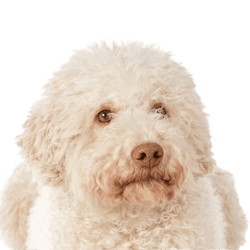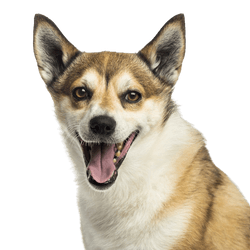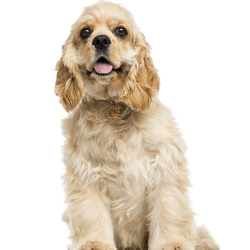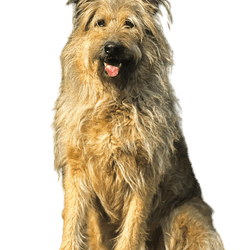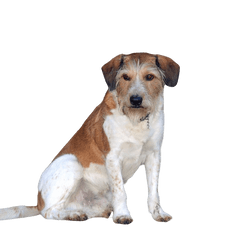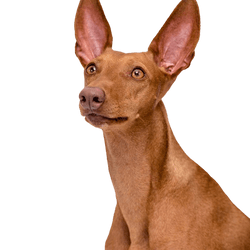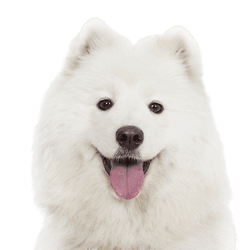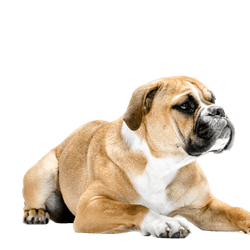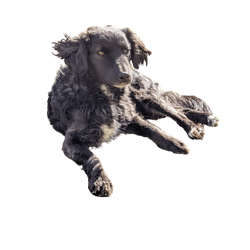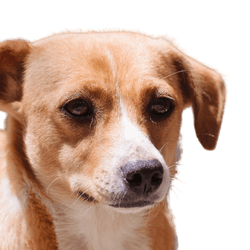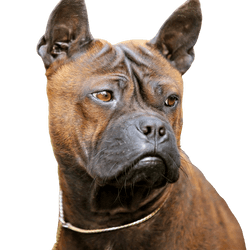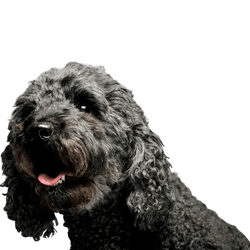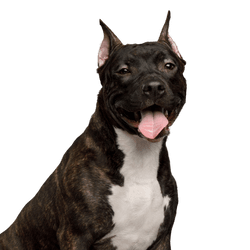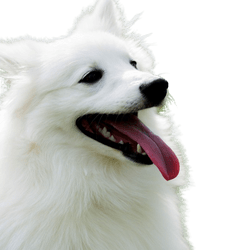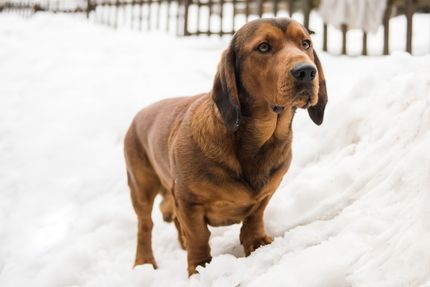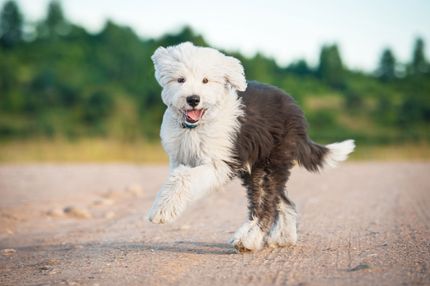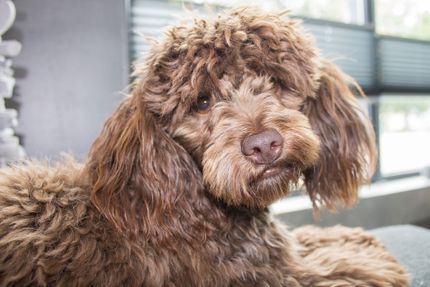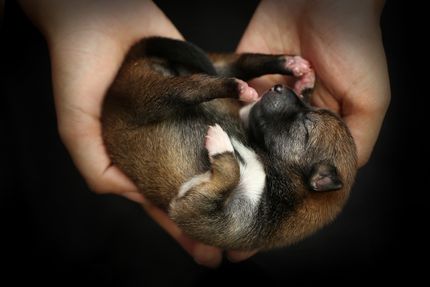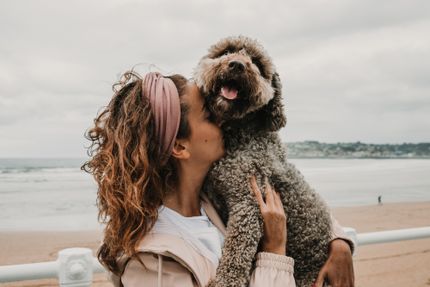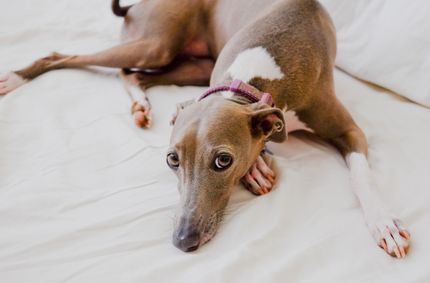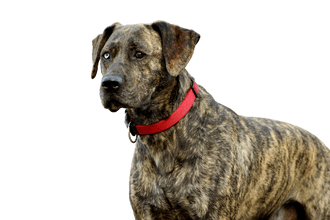
Majorero Canario Breed description: Character & Co
Majorero Canario
Facts & Origin
All about the Majorero Canario aka. Bardino
What is the origin of Bardinos?
The professor of the Faculty of Veterinary Medicine at the University of Tenerife assumes that the Bardino lived here long before humans discovered the fascinating island world off the coast of Africa. The first evidence of the existence of the ancient Spanish race is a report from the 1st century A.D. At that time, King Juba II relaxed a troop of explorers to Gran Canaria from Roman Mauritania (now Morocco). Upon their return, they reported seeing wild dogs wearing fur with tiger stripes. Legend has it that they took some puppies home for the king, who gave the name "Islands of the Canes" to the previously uninhabited area. The name was derived from the Roman word for dog "canis". Its other name, Majorero Canario, also indicates its origin. The indigenous people of Fuerteventura are called "Majorero". Legends from Tenerife tell of the courage and bravery of the breed: Here the Bardinos went to war with the original inhabitants Guanches against the conquistadors. According to legend, the animals remained loyal to their owners until death. A law passed in 1618 forbade bardinos to roam freely. In addition, the number of animals was limited to one per family. Probably the conquerors tried to exterminate the Majorero Canarios with this tactic. They did not succeed, however, as they were kept in hiding and exchanged among goatherds. Despite the adverse circumstances, the breed survived and is recognized by the Spanish dog federation RSCE. The international association FCI, however, does not list them.
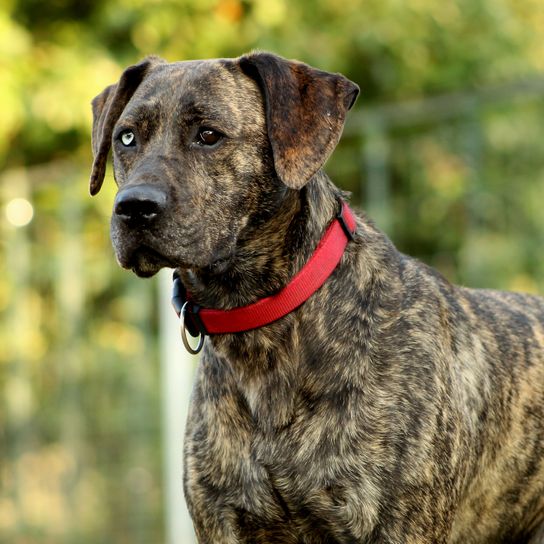
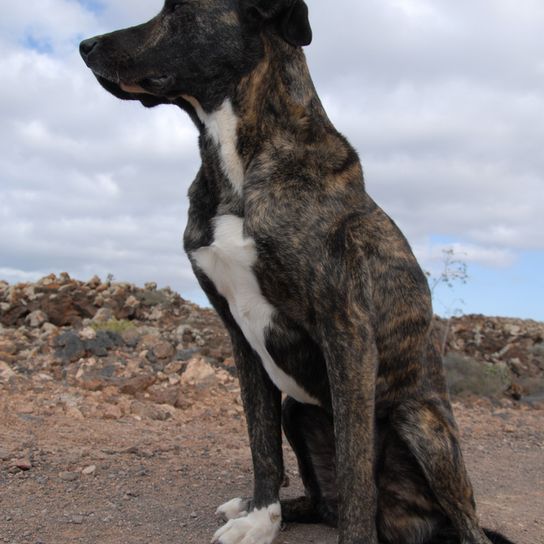
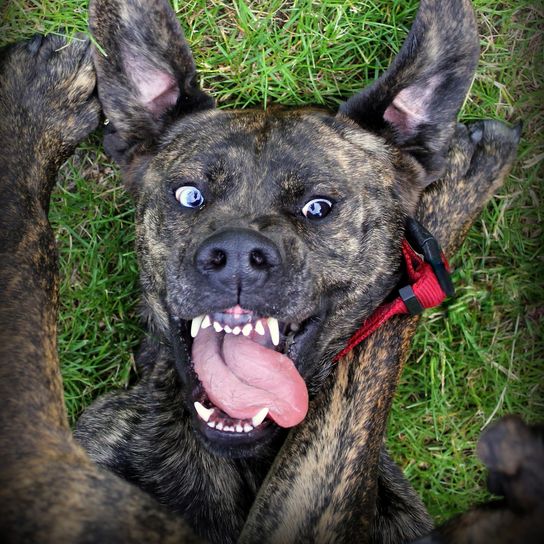
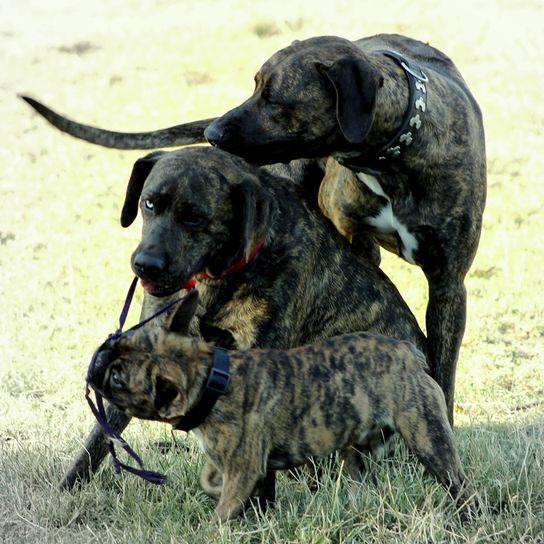
| Alternate Name | Bardino |
| Origin | Spain |
| Life expectancy | 12 - 15 years |
| Care requirements | low-maintenance |
| Activity level | average |
| FCI group | not recognised |
| AKC group | not recognised |
| KC group | not recognised |
Attitude, character and temperament of the breed
What are typical characteristics of Bardinos?
The Majorero Canario proves to be a loyal companion after a period of acclimatisation and bonds closely with you. Since he used to be used as a guardian of cattle, house and farm, his protective instinct is well developed. Thus he is perfectly suited as a watchdog. Consistent training is required in any case, as the Majorero Canario sometimes proves to be stubborn.
Character
Usage
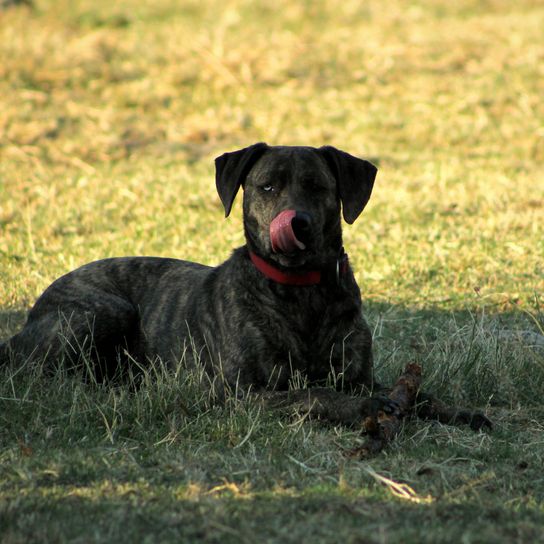

Health and breeding information
What are typical diseases of Bardinos?
Since the Bardino is an original breed and not a fashionable dog, genetic diseases are rare. As with all animals with floppy ears, you should regularly check the hearing organ. Special cleaning agents from the vet are available. Wipe the outer ear canals clean with a soft cloth and remove dirt. Pay particular attention to the dewclaw: as it does not touch the ground, it does not wear out by itself during walking and therefore needs to be shortened regularly. You are on the safe side if the vet takes over this task. If you cut off too much, it can lead to severe bleeding. Sometimes the anal glands of your four-legged friend get clogged: a remedy is high-quality and balanced food.
What should be considered when breeding a Bardino?
As there are only very few Majorero Canario breeders, you will probably have to wait longer for a Majorero Canario puppy. An alternative is to rescue a Bardino in need. These are mostly animals that have been rescued from bad housing conditions. No matter at what age you want to buy a Majorero Canario, it is important to convince yourself of the excellent health condition of the animal.


Breed characteristics
A typical breed characteristic of the Bardino is the double dewclaw. The tail is slightly shorter than in other large dogs and is usually carried erect. In the Canary Islands females are called Bardina, males Bardino. Males have a much broader head than females. The quadruped looks at you gently from hazel, almond or brown eyes.
Appearance and coat of the Bardino
The coat of the Majorero Canario is his trademark: his coat is dark and brindled and shimmers greenish in the sun. This has earned him the nickname "Verdino", as Verde means green in German. However, the basic colour is black, the coat is beige or grey tabby. The coat resists wind and weather: This was also necessary, because the Bardino used to live mostly outdoors. Although it is warmer on the Canary Islands than in this country, storms and thunderstorms still occur. If you want to buy a Bardino, you should know that he will shed more in spring and autumn. This is when the dense undercoat is renewed. Regular brushing pays off, so that the dead hairs do not settle everywhere in your home.
How big is a Bardino?
-
Males: 57 to 63 centimetres
-
Bitches: 55 to 61 centimetres
How much does a Bardino weigh?
-
Males: 30 to 45 kilograms
-
Bitches: 25 to 35 kilograms
How old does a Bardino become?
Bardinos live from 12 to 15 years.
| Fur length | short |
| Fur | flat coated |
| Ear shape | Triangle |
| Tail | short |
| Anatomy | rugged |
| Size ♀ | 55 - 61 cm |
| Weight ♀ | 25 - 35 kg |
| Size ♂ | 57 - 64 cm |
| Weight ♂ | 30 - 45 kg |
| Suitable For | - |
Colors
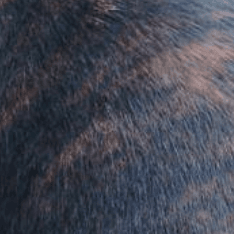
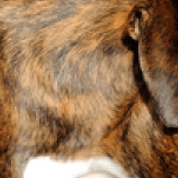




Other medium dogs
Useful Articles
You can find articles that might interest you in the dogbible blog to match your favorite breed.
Visit our magazineto stay up to date on dog trends.
To find out more, view our Privacy Policy
Find here the breed that suits you and find out what character traits it has. Here you can also learn more about the origin, size and weight of your favorite breeds.
Matching your favorite breed, you'll find articles that might interest you on the dogbible dog blog.
5 tips for hiking with your dog in Tyrol
This genius hack to trim your dog’s nails and more tips
Rabies in dogs - rabies vaccination and signs that your dog is affected
Travelling with a dog in a Camper - this is what you have to bear in mind!
Cancer in dogs - cause, diagnosis, prevention of cancer in dogs


